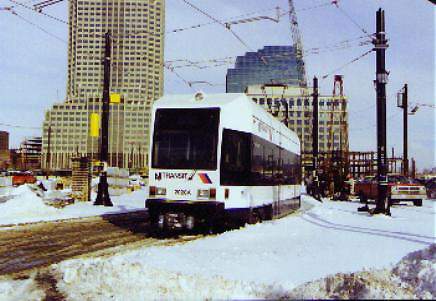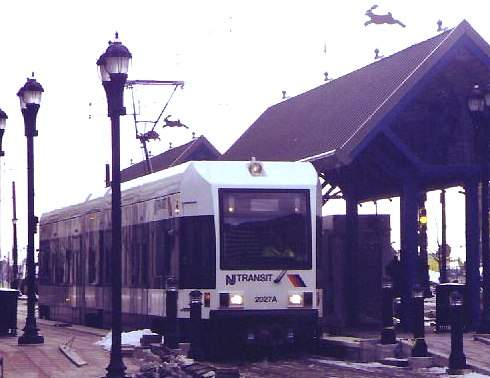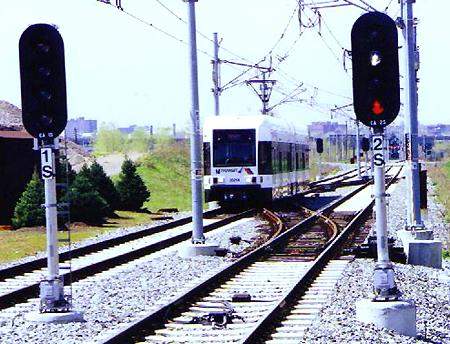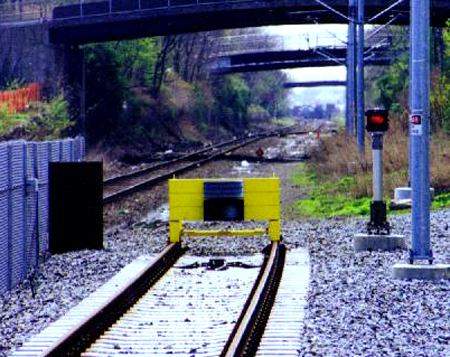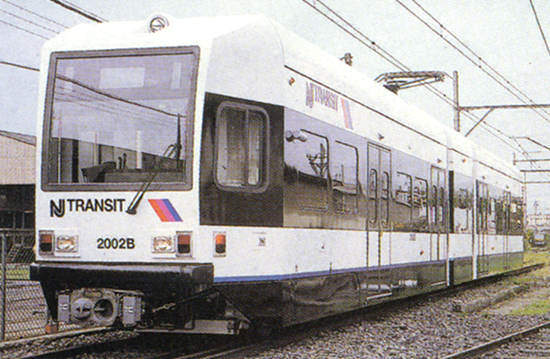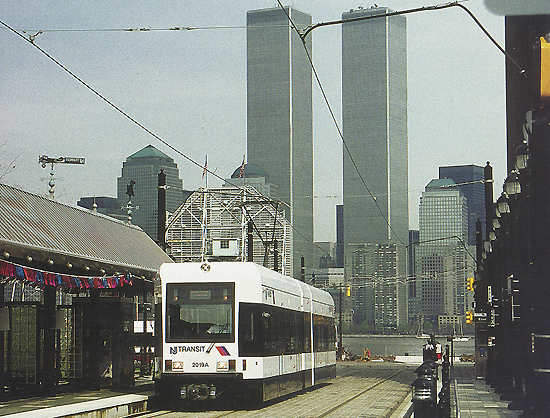The largest-ever public works project in the US state of New Jersey, Hudson-Bergen Light Rail opened in April 2000 (the name relates to the two-state counties covered in the initial plan).
Its opening marked the culmination of 15 years’ planning, which began when a light rail system for the New Jersey metropolitan area was conceived by the state’s transit authority.
The system also enhances transport links across the Hudson River between New York City and New Jersey. It has been improving the quality of life for residents by providing better transport to jobs and schools as well as assisting in the economic development of the Hudson County waterfront.
The project
The New Jersey Transportation Trust Fund put forward $1.1bn of funding for the ‘initial operating segment’ in November 1996. Federal funds have also been contributed, and the overall project costs have since been put at $2.2bn
A 15-year design, build and operate contract was awarded to 21st Century Rail Corporation, a consortium comprising Raytheon Infrastructure Services, the American arm of Japanese rolling stock builder Kinki Sharyo, and Itochu Rail Car Inc. The initial contract for the first phase was later renegotiated for subsequent system extensions.
The line is an important part of the regeneration plans for the Hoboken waterfront area bordering the Hudson River. The project has helped create its own demand by encouraging housing development over previously run-down industrial land that has been redeveloped for housing. Traffic levels also increased as a result of the area becoming a relocation for site for commercial activity following the 9/11 attacks.
The system operates as three colour-coded routes:
- West Side Avenue – Tonnelle Avenue
- Hoboken Terminal – Tonnelle Avenue
- 22nd Street – Hoboken Terminal
Supplementing normal operations, ‘Bayonne Flyer’ services run with limited stops during rush-hours between 22nd Street Station and either Pavonia-Newport or Hoboken Terminal, giving a 16-minute trip from 22nd Street to Exchange Place for connections to the PATH system or ferry services to Manhattan.
Infrastructure
The initial stretch links a park-and-ride interchange at East 34th Street in Bayonne and Hoboken terminal, with a short branch to West Side Avenue, in Jersey City.
Interchange with the PATH (Port Authority Trans-Hudson Corporation) metro and NY Waterway ferries to central Manhattan is offered at Hoboken.
Between Newport and Hoboken, the line is carried on a viaduct over Newport Parkway, and 14th and 18th Streets.
The initial stretch was 15.3km-long, with 16 stations, four with park-and-ride facilities providing 3,880 parking spaces. The maintenance depot is at Liberty Park Avenue, at the junction of West Side Avenue and East 34th Street. There is no street running in Phase 1.
Sharp curves and some steep grades are a feature of this phase, with six curves on the 2.9 km section with speeds restricted to 15mph (25km/h).
A concrete kerb separates northbound trams from road traffic on Essex Street. Along much of the route, extensive development is taking place in many former factories and warehouses demolished to make way for office space or apartments.
The line was extended first to Hoboken Terminal, then to 22nd Street, Lincoln Harbour, Port Imperial and, latterly, Tonnelle Avenue in North Bergen. Completion to Tonnelle Avenue also saw a full seven-day service start from Port Imperial, having run on weekends only since October 2005.
Rolling stock
All passenger rolling stock was supplied by Kinki Sharyo, who also supplied stock for New Jersey Transit’s other light rail operations, River LINE and Newark Light Rail.
The cars were assembled at Harrison, New Jersey, and two pre-production vehicles were used for test running prior to full opening. Each is 27.4m-long with a low floor for 70% of passenger space, and has four sets of double opening doors on each side. The air-conditioned units seat 68 passengers each, with room for a further 122 standing.
A further batch of 28 new cars was introduced in 2004-05 to meet the demand of the extensions to Lincoln Harbour and Port Imperial and general rise in the system’s popularity. Maintenance is carried out under the design, build, operate and maintain contract by Kinki Sharyo.
Signalling and communications
Each of the trains has a public address system over which automated station announcements are made.
Train running is governed by multiple-aspect colour signals, and the trams are also governed by the road signals on street-running sections.
Ticket machines at stations are supplemented by regular on-train patrols by revenue protection staff.
The future
The system is to expand in two stages, subject to NJ Transit securing further funding, and some stages of the second phase have already been completed, the extensions to 22nd Street, Lincoln Harbour and Port Imperial.
The completed system will cover 20.5 miles, and serve 32 stations. Daily ridership is estimated to reach 94,500 by 2010. At the end of the 15-year operate-and-maintain contract, it will be handed back to New Jersey Transit.
In September 2006 New Jersey Transit signalled the start of the process that should see the completion of the final mile at the southern end of the system from 22nd Street to 8th Street (the track and both stations above street level), creating the 24th Hudson-Bergen Light Rail station.
Construction should start in 2008, with completion in late 2009. Although various extensions of the system have been put forward, no specific future projects have been officially announced.

